A Brooklyn Baker's Guide to Sicilian Desserts

Kevin J. Miyazaki/Penguin Random House
Some of Italy’s most famous sweets originate from Sicily: cannoli, ciambella cake (a citrusy breakfast bundt made with olive oil), and torrone (a nougat confection), to name a few. The island south of the mainland, just west of the boot’s toe in the Mediterranean, has a rich history with Arabic, Spanish, and Neapolitan influences, and as with many Italian pastries, Catholic nuns can take credit for creating the region’s most iconic sweets.
New York-based baker Renato Poliafito is celebrating Sicilian, Italian, and Italian-American sweets in his new cookbook, Dolci! American Baking with an Italian Accent. Poliafito grew up in Queens, with parents who had emigrated from Sicily to Brooklyn before he was born. After many summers spent visiting extended family in the tiny town of Adrano, near Catania, Sicily, he now returns to the island regularly, exploring its many nooks and crannies.
Poliafito was a co-founder of Baked, an acclaimed bakery in Red Hook that opened in 2005 (Poliafito left in 2017). In October 2019, he launched his first solo project: Ciao, Gloria, an Italian-American bakery and café in the Prospect Heights neighborhood of Brooklyn.
We sat down with Poliafito to discuss his new book, his family’s Sicilian history, and how he came to love Italy's sweets.

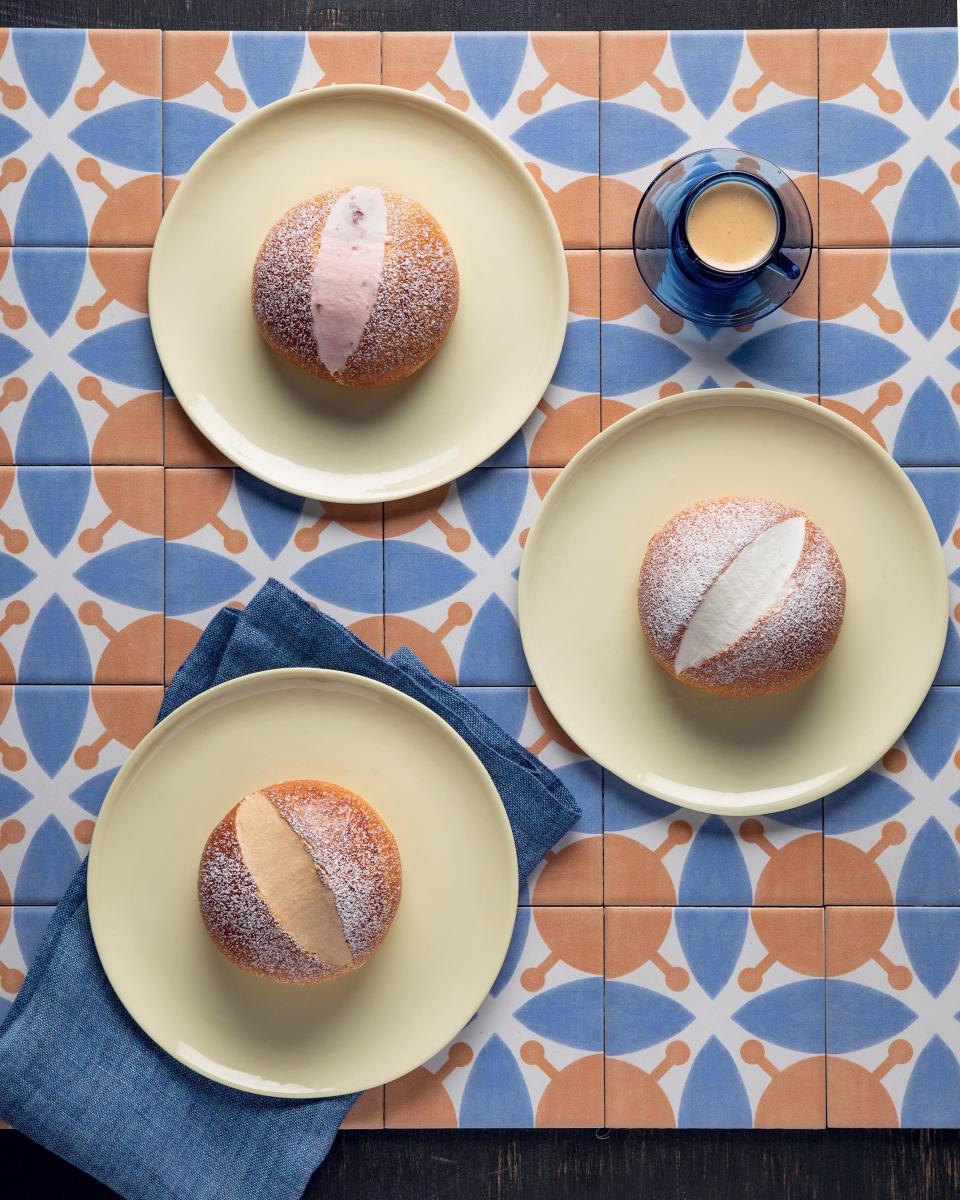
As an Italian-American, how have you related to Italy throughout your life?
[As a kid, my parents] would say we're going to Sicily for vacation for two weeks and we’d end up staying there for eight. It was great to just see my relatives and the world opened up to me at a very early age. But I would start missing my regular life, because they would pull me away from my toys and my friends, and these towns weren't at the speed that New York was.
In college, I was an art major, and my focus became Renaissance art, so I decided to study abroad in Florence. It was my first time actually being in Italy, as opposed to just in Sicily. I was there on my own, and I was not in this small town. Suddenly, all these things that I always frowned upon were these huge positives, and it just shifted things.
Now, I go as often as I can.
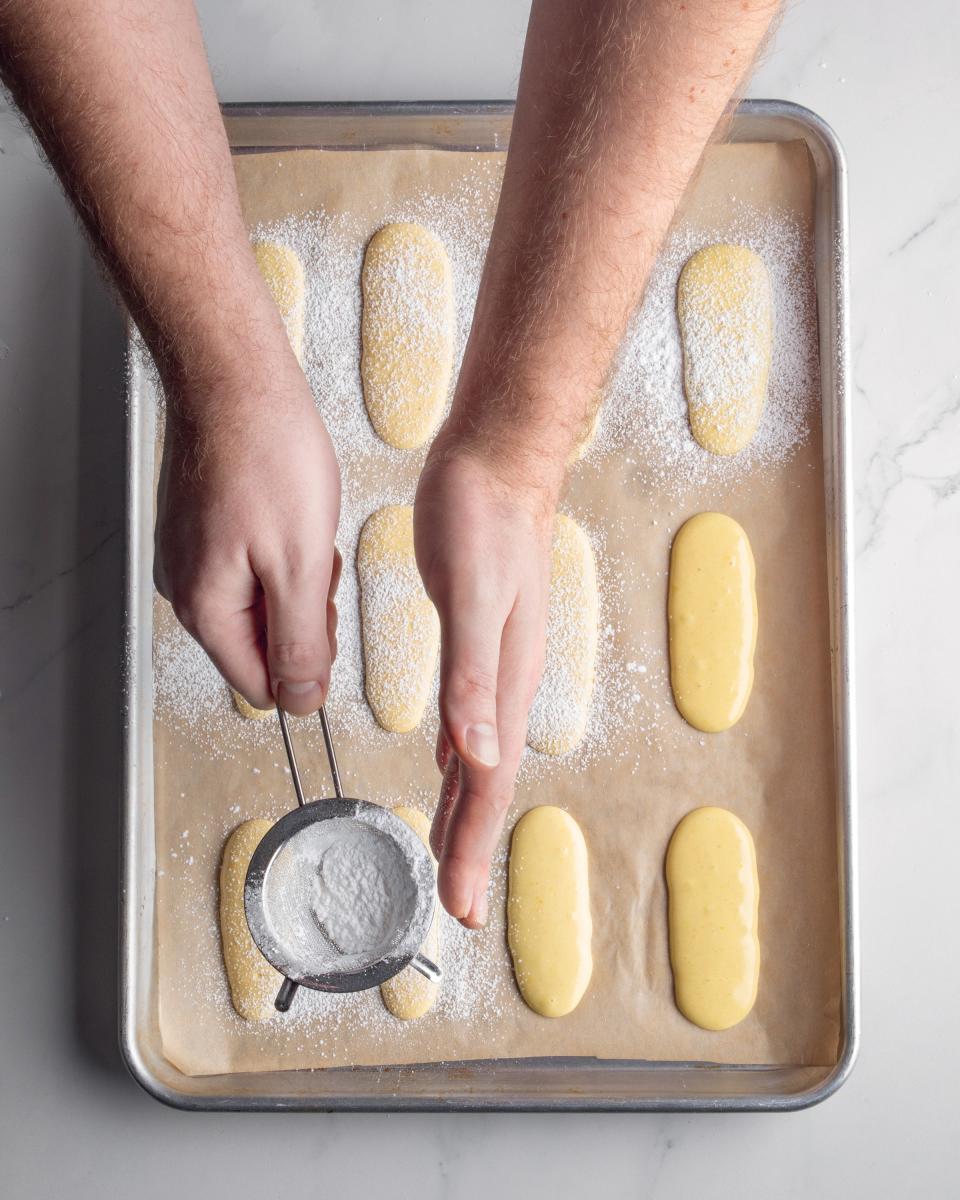
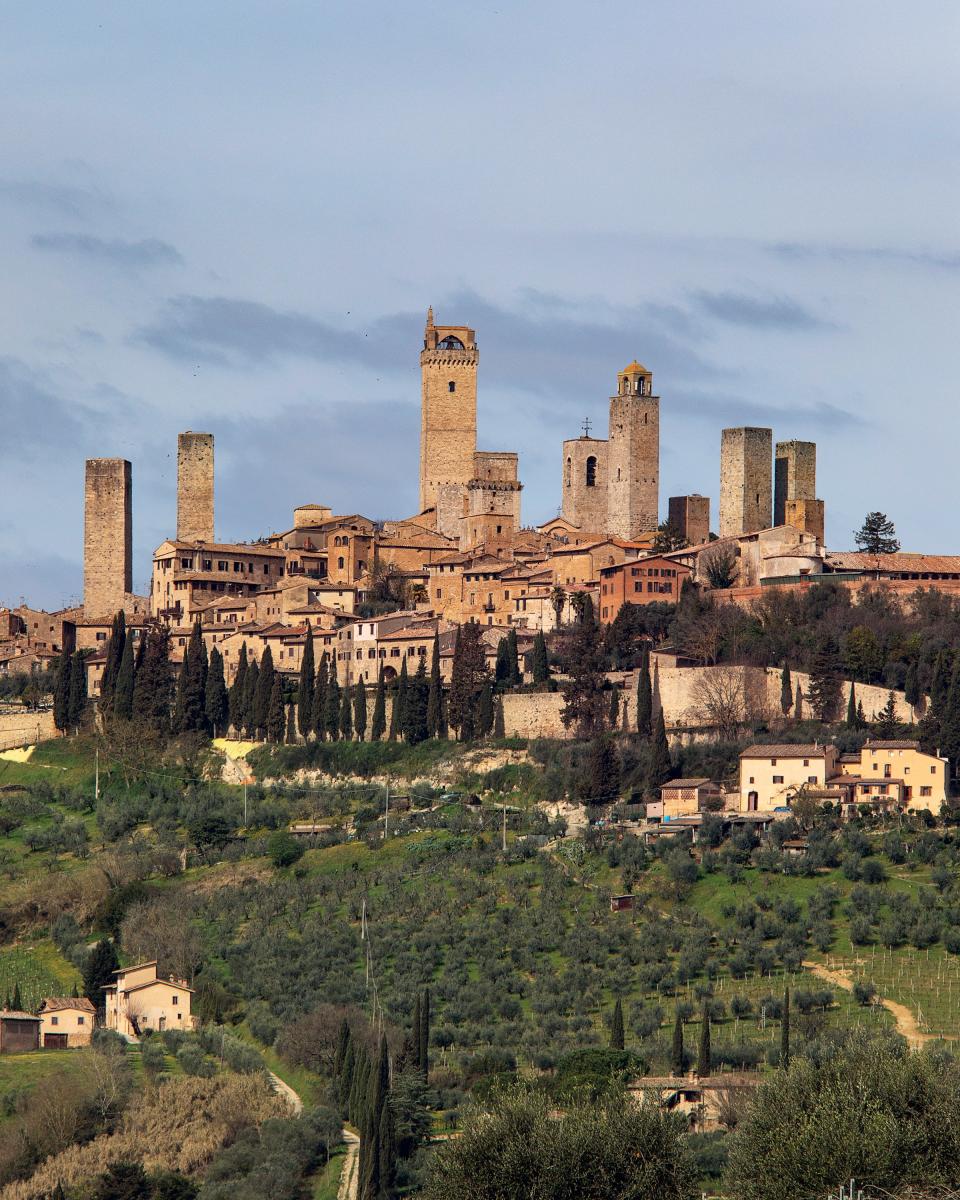
What are your memories of Sicilian food growing up?
The things that I loved tended to be more on the savory side, like arancini, for example. Of the things my mom made when I was growing up, I liked the impanata, which is basically a stuffed pizza dough that usually has anchovies, herbs, spinach, and cheese like pecorinos; it’s super delicious. As far as sweets, it's the gelatos and trecina, those little braided cookies. Sometimes my mom would make an olive oil cake and those little S cookies, but she was definitely more of a savory cook.
And then there were the general Italian cookies. The ones that I would run to on the tray would be the tricolores, the butter cookies, the mini versions of the pastiera, struffoli, and I absolutely loved baba au rhum.
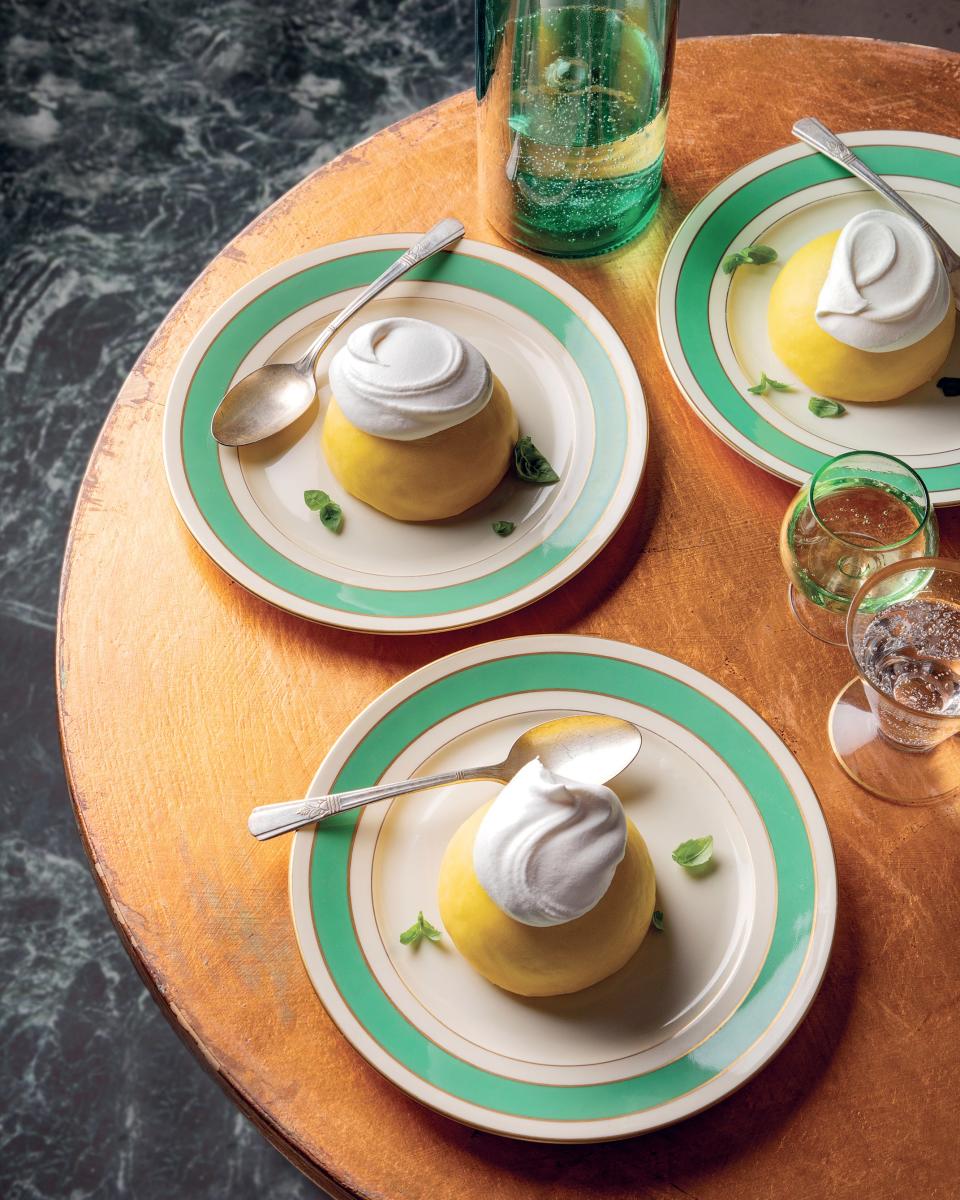

Did your mom get a say on which recipes are included in the book?
One of my mom’s favorite desserts is called the Iris. She never made it, but she would talk about it as the thing she ate as kid, and I was always curious about it. She brought it up multiple times as I was writing the Baked cookbooks. But now with Dolci! I had the opportunity to actually include it. Iris is a dessert from Palermo, and the story goes that it was created by a baker to honor a singer in an opera. It’s a yeasted dough filled with sweet ricotta and then coated in breadcrumbs and deep fried. It has a huge following in Sicily, but it hasn’t really come to America yet.
But as I was writing this book, I realized very quickly, everything is fried, and it was just a lot. I thought, how do I re-approach this recipe, keeping true to it, but also giving it a breath of fresh air? I never had an Iris as a kid, but as an adult, traveling around Sicily and going to different pastry shops, there it was. My mother had it as a World War II pastry, but now there are variations of it—some have chocolate pastry cream in them instead of ricotta.
My spin on it is the Ode to Iris, which I’ve made in the shop a few times as a special. There's a master brioche recipe in the book, so we're using that dough, and we fill it with a rich, dark chocolate pastry cream. And then, as opposed to frying the whole thing, we'll butter it once it's baked, and toss it in sugar to give it a little bit of a crunch because there’s no breadcrumbs.
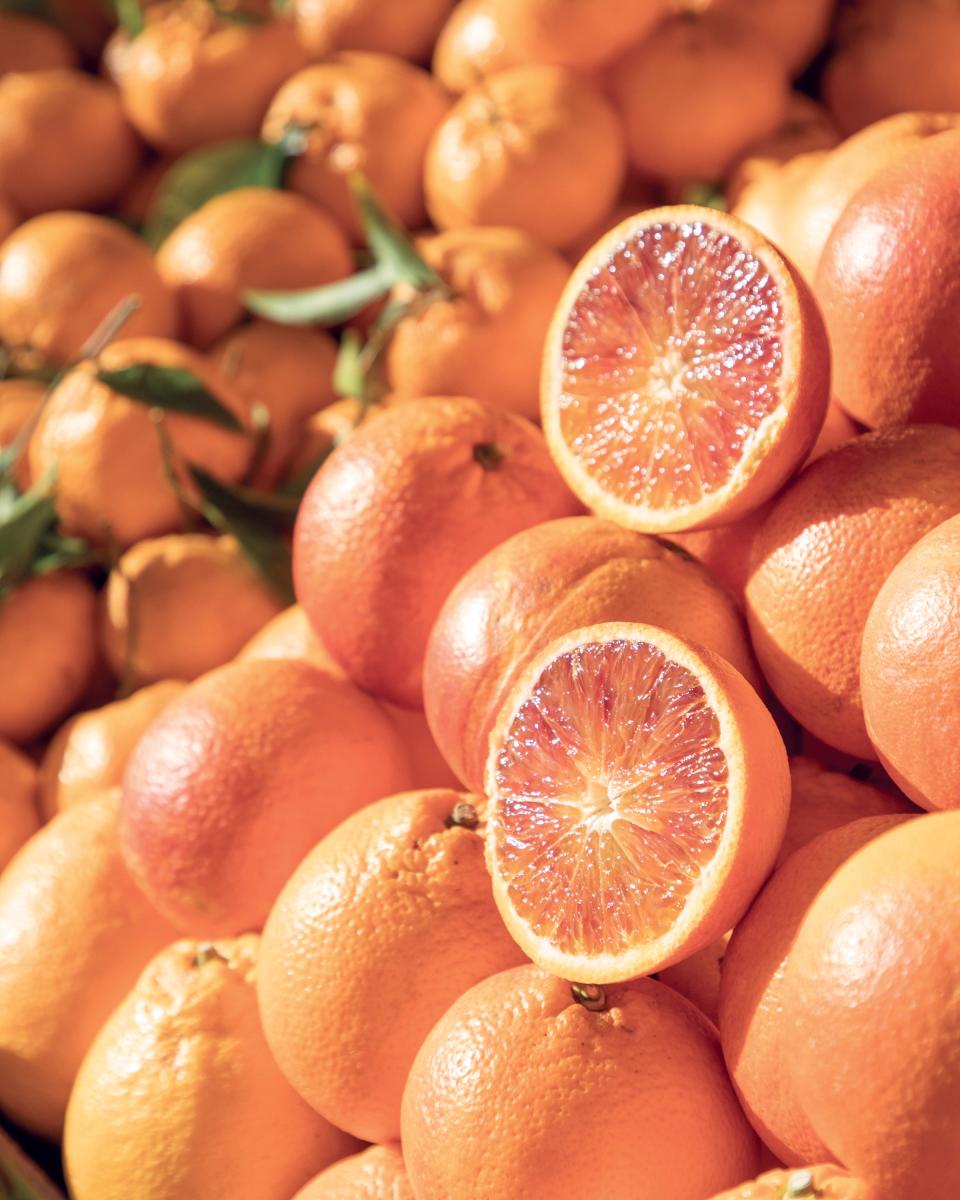
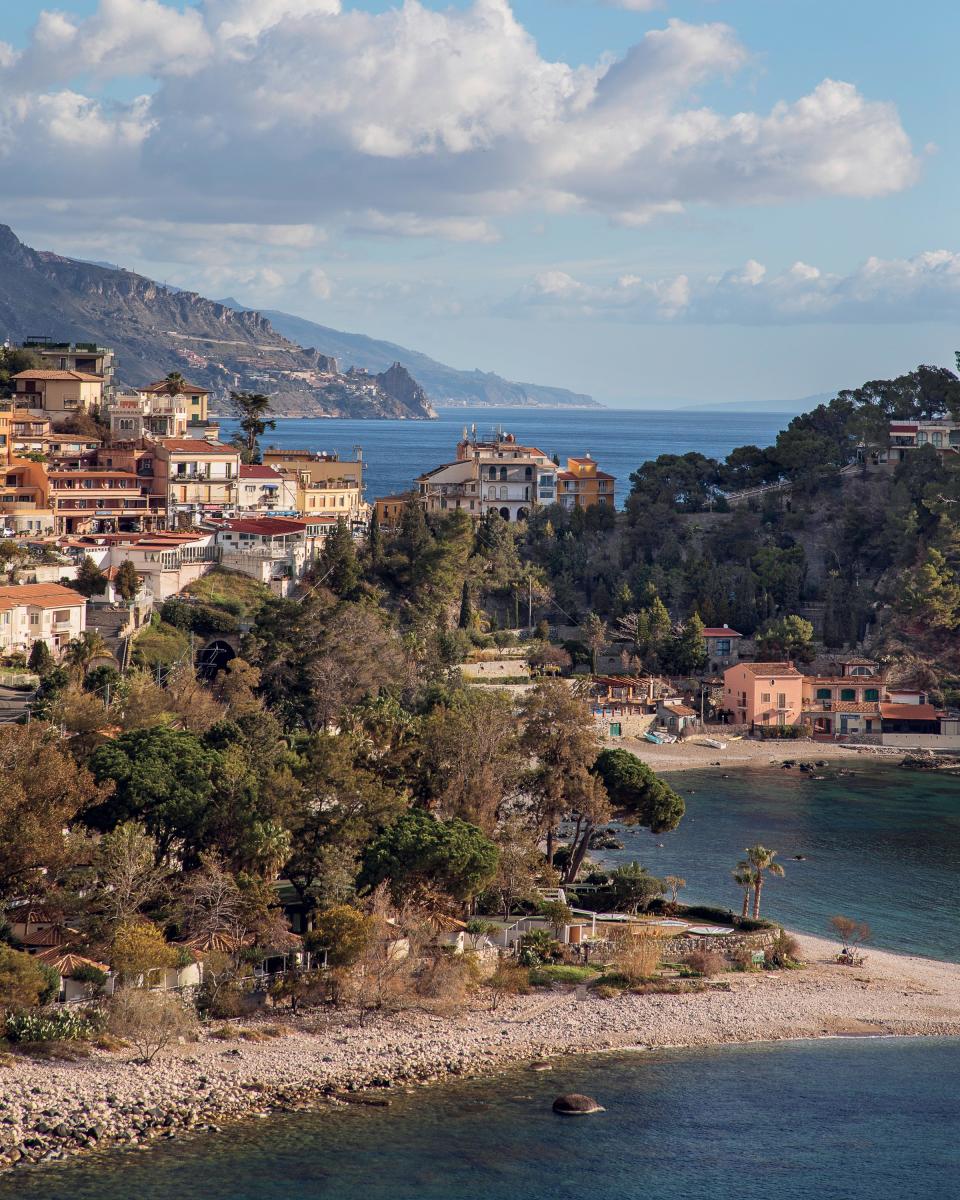
How about your dad? Does his influence appear in the book at all?
Absolutely. My mom and dad got married in Sicily, and then a few months before my older sister was born, my dad emigrated via ship to New York to establish a new life for them. So my mom was pregnant and she stayed with her family (my entire family lived in a three-block radius of each other in Andrano). My dad came to America in 1957 and at that time, Bushwick in Brooklyn was predominantly Italian and everyone from certain towns lived on certain blocks. My dad and mom's town happened to have a stretch of homes on Starr Street, right across from Maria Hernandez Park. When my dad first got here, he was park-benching it a little, and trying to figure things out, until he connected with people and an apartment opened up on Starr Street, in a building that was occupied by other families from the same town. And as soon as my dad could afford it—he was a tailor—he bought airline tickets for my mom and my sister.
Pastiera was something my dad loved and he would eat mini versions of it around Easter time. I think of my dad whenever I have it. Pastiera has cooked grains as the filling that are mixed with sweetened ricotta, candied fruit, and all baked in a frolla shell. It's one of those things that a lot of Italian Americans make around Easter time, so when you go into an Italian-American market, you'll find jars of those cooked grains—that's the cheat, ready to go. Because otherwise you're buying wheat berries and you're cooking them down for hours with a little bit of milk and citrus rinds. You can use lemon, but I use orange in my recipe.
Where to Get Sweets in Sicily
Pasticceria Savia in Catania
A longtime, classic spot with a coffee counter and sweets and savory pastries. Including traditional sweets like the Iris, minne di santa agata, and pastiera.
Pasticceria Vabres in Palermo
Another institution. Great place to find the classic ricotta version of the Iris, as well as a chocolate variation. They also specialize in arancini.
Caffé Sicilia in Noto
More than 130 years old, this famous café is known for its incredible granita, but also has incredibly inventive pastries made by its fourth-generation owner.
Let’s talk about Sicily’s most famous dessert: the cannoli. I know you don’t sell cannoli in your shop, but you do have a couple cannoli variations in the book.
I know this is heresy, but I am not a huge cannoli fan. I don't like cannoli shells. But I love ricotta and lace cookies. So in the book I have cannoli croccante, which uses what’s basically a nut-based lace cookie as the shell. I found these on one of my research trips in Naples, just wandering down the street. And I was like, what are those? Because you see it, and they don't look like regular cannoli. I had one, and I was like, Oh, this is it.
There’s also a cannoli cake recipe in the book, which is a little more of the classic cannoli flavors in a cake form. Sometimes, you'll see cannoli cakes and they will be layer cakes with tons of buttercream and cannolis on top. I wanted to create a single layer cake that was a little more rustic, and had all the components of a cannoli, but not as ornate. The cake base is a cinnamon-based cake with some chocolate chips and candied orange, which you usually find in cannolis, and then a whipped ricotta on top with a little bit of heavy cream for a smoother frosting. It’s topped with pistachios.
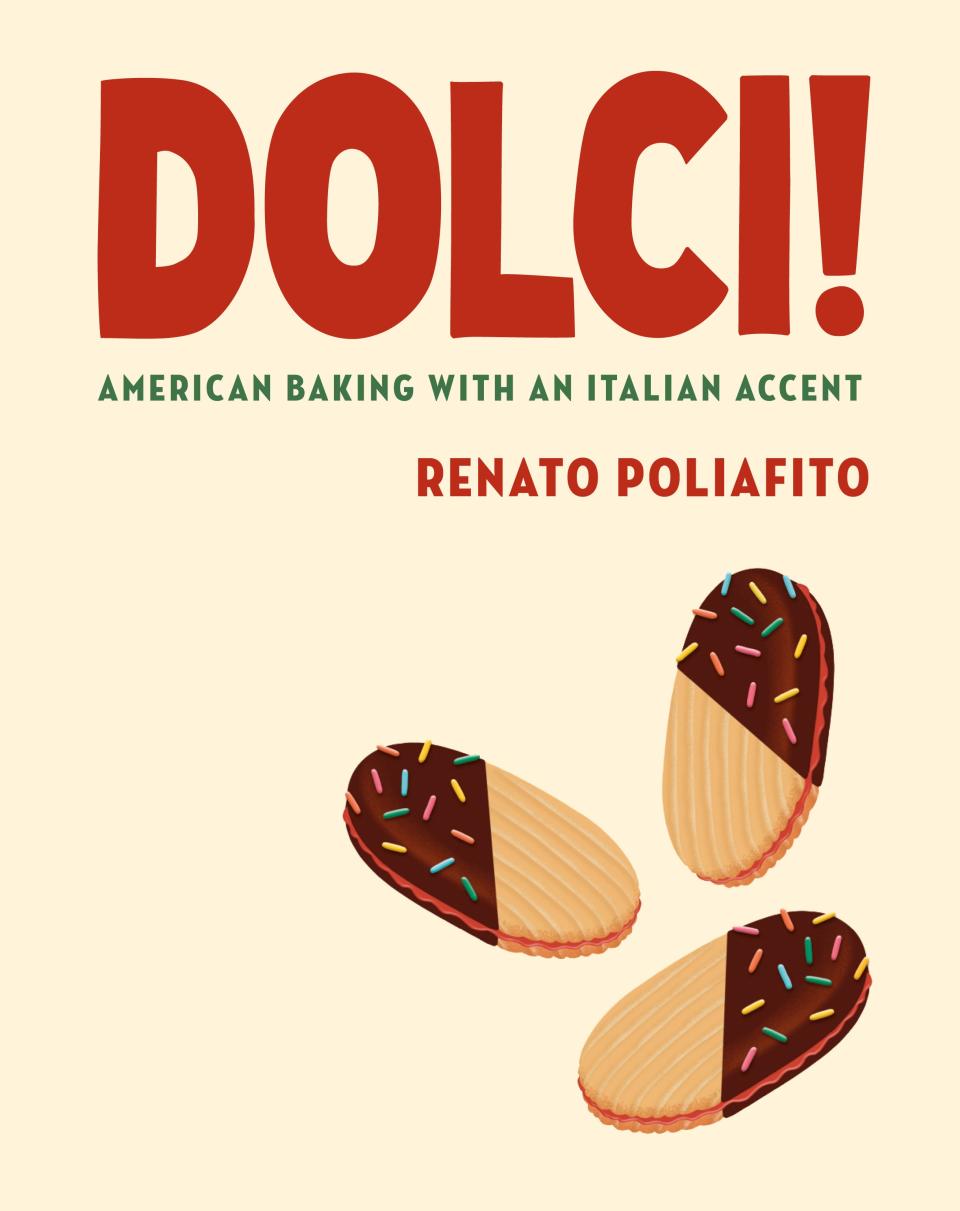
How have sweets evolved as they've migrated from Sicily and Italy to America?
Italians in general do have a fondness for sweets, but desserts are usually reserved for special occasions, you know, like special dinners, like on a Sunday, or at breakfast. And that’s the idea of Ciao, Gloria, where you can have a little sweet and a cup of coffee. It's where the merger of the two cultures happens.
What I like about Italian desserts is that they tend to be simplistic—there's a rustic quality to them. They’re made with simple, wholesome ingredients. And then, through the American lens, they kind of get zhuzhed: they get a little sweeter, a little bigger, a little more playful.
Originally Appeared on Condé Nast Traveler
The Latest Stories from Condé Nast Traveler
Want to be the first to know? Sign up to our newsletters for travel inspiration and tips
The Air France La Première First Class is About To Get Even More Luxurious
Why You Should Ditch the Short-Haul Flight for an Overnight Train
These Are the Foods to Avoid on a Flight


